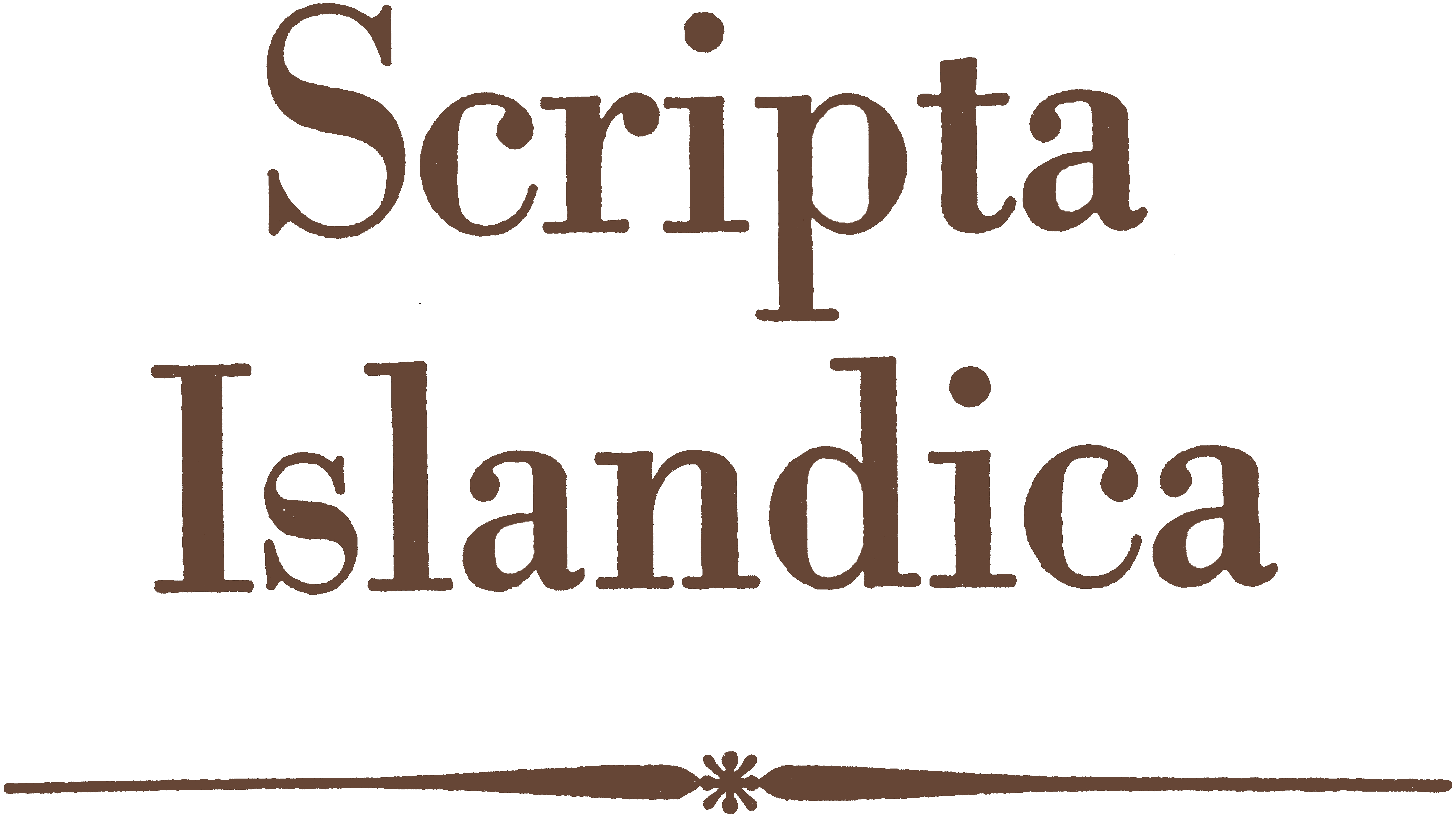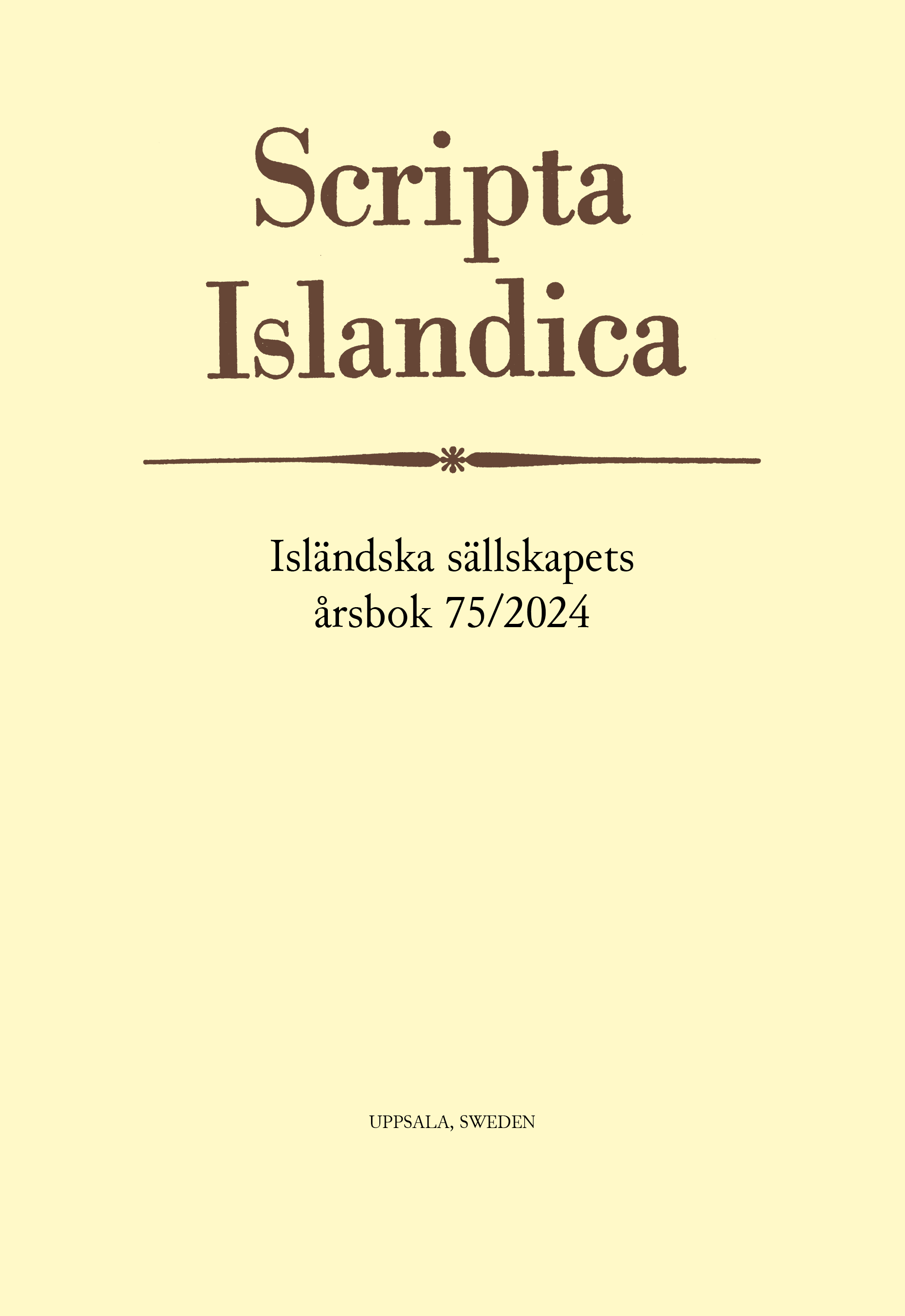Writing on Skin and Bone
The Material Culture of Beginner Literacy in Premodern Iceland
DOI:
https://doi.org/10.63092/scis.75.44542Nyckelord:
literacy development of literacy, children’s writing, materiality of writing, Stefán Ólafsson of VallanesAbstract
The article explores the material culture of the first stages of writing in premodern Iceland, arguing for the importance of repurposed writing surfaces in supporting beginner literacy. The article compares a biographical account of a self-taught writer, Jón Jónsson Therkelsen (1774–1805), with poetry composed in the 1660s by Stefán Ólafsson of Vallanes (c. 1618–1688), who taught his children to read and write. While the practice of writing on bleached horse bones is well-known from nineteenth-century accounts of self-educated children, Stefán’s poetry demonstrates that use of bone slates was not limited to socially disadvantaged or self-educated children. Stefán’s poems depict writing on animal jawbones as an exercise for those learning to control their pen and form letters correctly, and his poems provide evidence that bones were deliberately supplied by educators for use as reusable writing slates. Also described in Stefán Ólafsson’s poetry is the use of calfskin for children’s writing, a practice that has left enduring material traces in the margins of surviving vellum manuscripts. Vellum became increasingly scarce in the later seventeenth century and was no longer available for beginner writers by Therkelsen’s day. Recycled vellum nevertheless played a role in the process of becoming a writer many decades after paper had become the dominant material for manuscript production.
Downloads
Publicerad
Referera så här
Nummer
Sektion
Licens

Det här verket är licensierat under en Creative Commons Erkännande 4.0 Internationell-licens.
Författare till innehåll publicerat i Scripta Islandica behåller upphovsrätten till sina verk.
För volymerna 67 och tidigare: innehållet publicerades utan en CC-licens, och upphovsrätten innehas av respektive författare och Scripta Islandica. Se tidskriftens Policy för Öppen Tillgång


